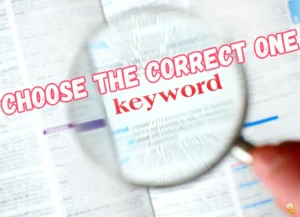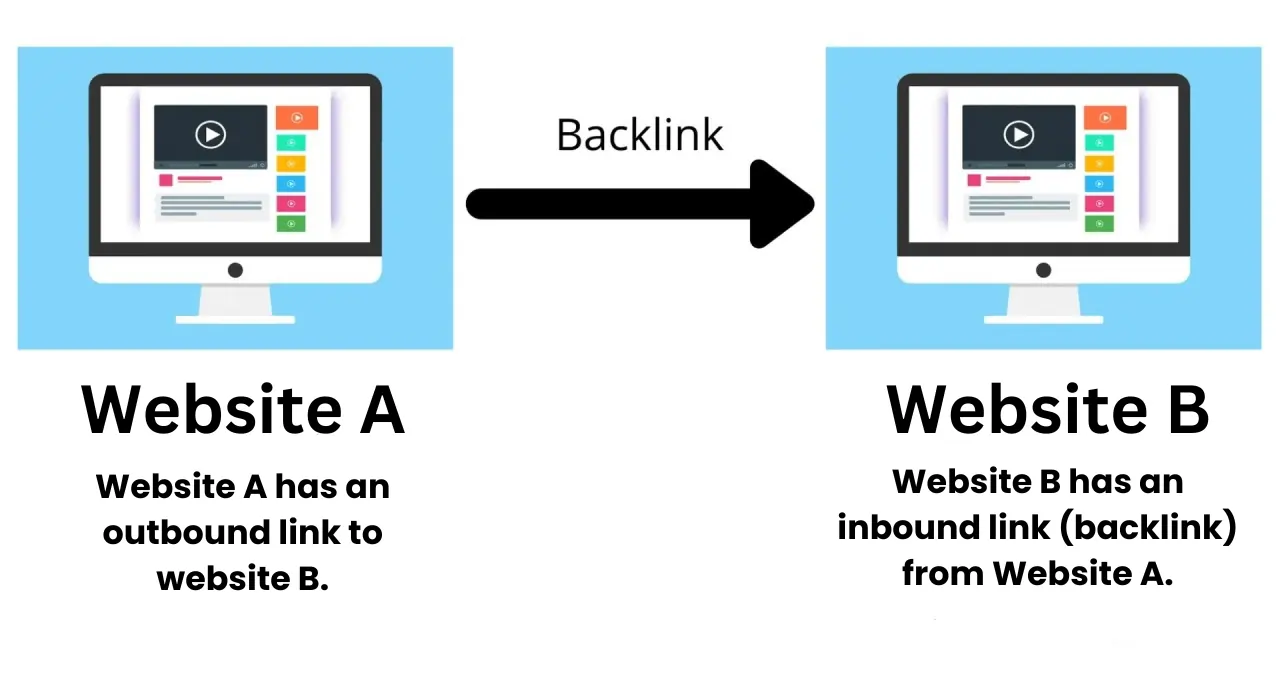What is SEO?
Search Engine Optimization (SEO) is the process of improving a website’s visibility and ranking on search engine results pages (SERPs) like Google, Bing, Yahoo, Baidu, and others.
The ultimate goal is to increase organic (unpaid) traffic from search engines. SEO involves various techniques and strategies that align with search engine algorithms and user behavior. Since these algorithms constantly evolve, SEO requires ongoing adaptation.
Why is SEO Important?
 Imagine owning a beautiful shop with amazing products, but it’s located on a deserted backstreet. No matter how great your products or services are, your business won’t grow if people can’t find you. SEO is what relocates your shop from that hidden street to the city center — making it easily discoverable.
Imagine owning a beautiful shop with amazing products, but it’s located on a deserted backstreet. No matter how great your products or services are, your business won’t grow if people can’t find you. SEO is what relocates your shop from that hidden street to the city center — making it easily discoverable.
How Does SEO Benefit Your Business?
- More Visitors, More Sales
Ranking first on Google typically increases website traffic by 33%. Drop to the second position, and that number falls to 18% (source: Ahrefs). The higher your position, the more potential customers visit your site. - Higher ROI (Return on Investment)
Research shows that visitors coming from organic search results convert 62% better than those coming from paid ads (source: HubSpot). That means SEO brings faster and more efficient returns on your investment. - Increased Brand Trust and Authority
Websites on the first page of Google are often seen as more trustworthy. People tend to trust top search results, which enhances your credibility and brand authority. - Long-Term Results
Unlike ad campaigns, SEO has a lasting impact. A well-optimized site can attract traffic for years with minimal ongoing cost.
SEO isn’t just a technical process — it’s how you communicate with your audience and the world. A strong SEO strategy ensures your message reaches the right people at the right time.
Remember: if your business doesn’t appear in Google searches, you’re losing customers to competitors. Over time, this can severely damage your brand’s competitiveness.
SEO Audit
Many factors contribute to successful SEO. Here are the core components:
1. On-Page SEO
- Keyword Research: Identifying the terms users type in to find your services or products.
- Content Optimization: Writing clear, high-quality content that naturally includes your target keywords.
- Title Tags & Meta Descriptions: Properly optimized titles and meta descriptions help your pages appear in search results.
2. Off-Page SEO
- Backlinks: Links from other websites signal trust and authority. The more high-quality backlinks you earn, the higher your domain rating (DR), which influences your rankings.
- Social Media Presence: Active and engaging social media profiles help boost brand visibility and drive traffic.
3. Technical SEO
- Site Speed: Fast-loading websites reduce bounce rates and help search engine bots crawl your content effectively.
- Mobile Optimization: Over 60% of traffic comes from mobile devices. Your site must be responsive across all screen sizes.
- XML Sitemap & Robots.txt: A sitemap helps search engines understand your site structure. Robots.txt controls which pages are crawlable.
Keyword Strategy
 Choosing the right keywords is the first step. Your keywords must match your content and service offerings.
Choosing the right keywords is the first step. Your keywords must match your content and service offerings.
Use tools like SEMrush Keyword Magic Tool or Ahrefs Keyword Explorer to identify relevant, high-traffic keywords.
Prioritize keywords based on difficulty (KD). Start with less competitive, long-tail keywords, especially if your website is new and has a lower domain authority.
You won’t be able to compete with high-authority domains right away — strategic targeting is key.
Content Optimization
 Once you have a list of target keywords, the next step is optimizing your content for them (also known as SEO copywriting).
Once you have a list of target keywords, the next step is optimizing your content for them (also known as SEO copywriting).
Use your keywords naturally within:
- Page titles
- Headings
- Meta descriptions
- Image alt text
Your keywords should flow naturally. Don’t force them. If needed, hire an SEO copywriter for best results.
If your content doesn’t align with your keywords, search engine algorithms won’t rank your pages effectively.
Backlinks
Links to your site from authoritative websites are one of the strongest signals to search engines.
- More high-quality backlinks = higher domain authority = better rankings.
- Internal linking (inbound links within your site) is also crucial.
There are two ways to earn backlinks:
- Create high-value content that others want to link to.
- Reach out to site owners and ask them to include your links.
Links have either a “follow” or “nofollow” tag. Follow links help search engines crawl and credit your site, while nofollow links don’t pass ranking authority — but they still aid in indexing. Aim for follow links when possible.

Website Speed
Both mobile and desktop speed are major ranking factors.
Without proper technical SEO optimization, reaching high search rankings is extremely difficult.
Search engines must be able to crawl your website structure easily. Follow best practices during website development and avoid common planning and structure mistakes.
Tools like Google PageSpeed Insights and Google Lighthouse can help test your site’s performance and identify issues.


Responsive Design
 With mobile traffic dominating, your site must work flawlessly across all devices.
With mobile traffic dominating, your site must work flawlessly across all devices.
A responsive design ensures that your website delivers a smooth user experience whether someone is browsing from a desktop, tablet, or smartphone.
Use Images and Video
Visuals make your content more engaging and help improve search engine rankings.
Make sure your media is:
- Optimized in size and format
- Paired with descriptive, concise alt text
- Relevant to the nearby text content
Social Media Integration
 Social media is a powerful tool for boosting website visibility and engagement.
Social media is a powerful tool for boosting website visibility and engagement.
Add social sharing buttons to your site so visitors can easily share blog posts, product pages, discounts, or services on their favorite platforms.
You can reach more targeted users and drive high-quality traffic through consistent, well-strategized content promotion.
Track Your SEO Performance
Once your site is optimized, it’s crucial to monitor your progress.
Use tools like Google Search Console to track:
- Rankings
- Organic traffic
- Crawl issues
SEO is not a one-time task — it requires continuous improvement and strategy updates.
Search algorithms and web standards evolve constantly. Treat SEO as an ongoing process, not a project with an end date.
SEO Pricing
SEO pricing depends on your website’s current condition, which is evaluated during a full SEO audit. It also varies based on your goals and the competitiveness of your niche.
Our services include:
- SEO audit starting from 180$
- Ongoing SEO optimization starting from 350$
Final pricing depends on the number of pages/products and your specific objectives. A tailored plan is provided for every project.
Conclusion
These tips offer only a basic overview of what SEO involves. It’s a deep, strategic process that covers much more than just keywords and content.
SEO is a long-term investment. Once you build strong SERP visibility, you’ll benefit from:
- Increased traffic and sales
- Access to a wider audience
- Stronger brand awareness
“SEO is not just about getting traffic — it’s about getting the right traffic.”
— Neil Patel







